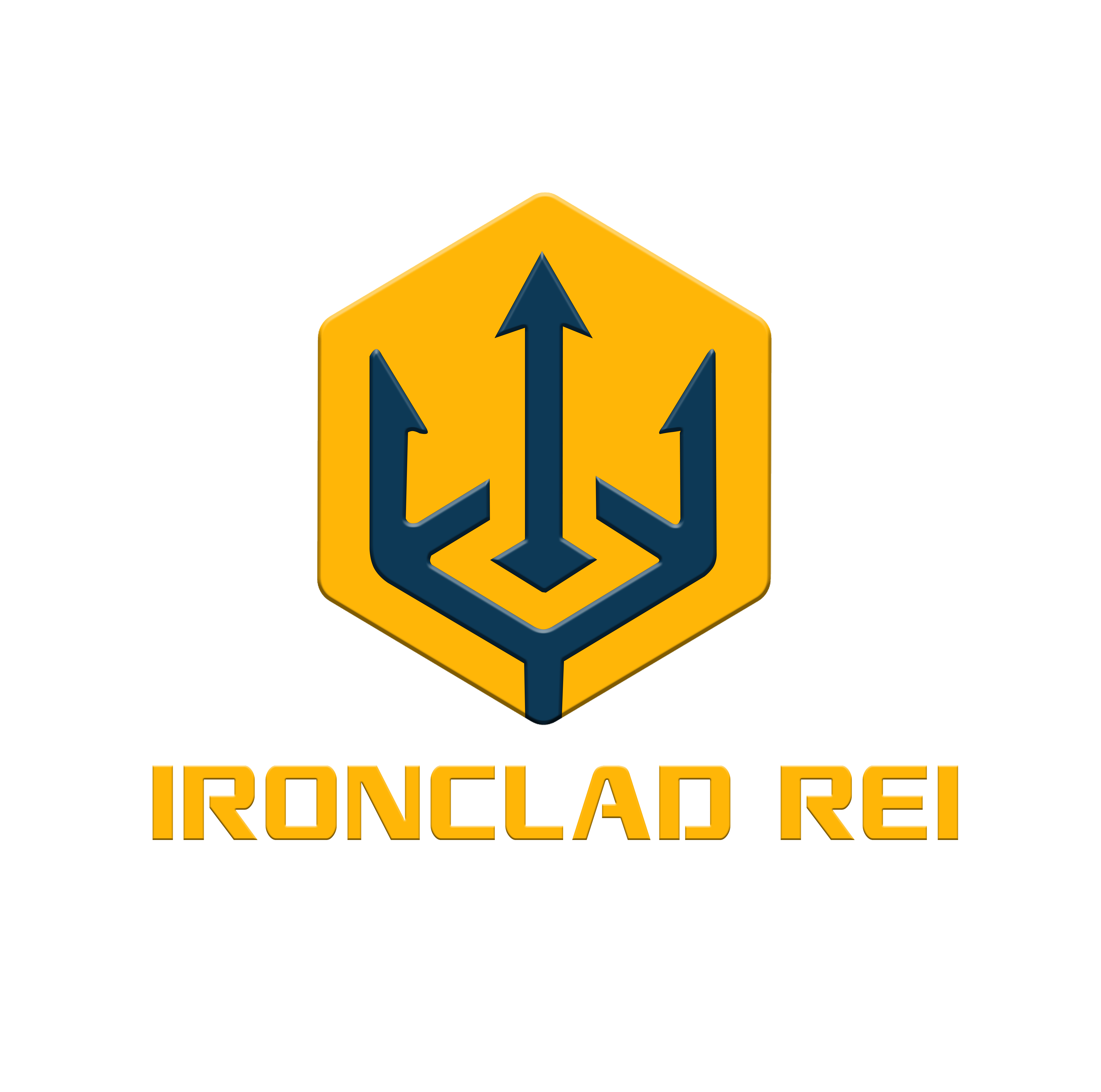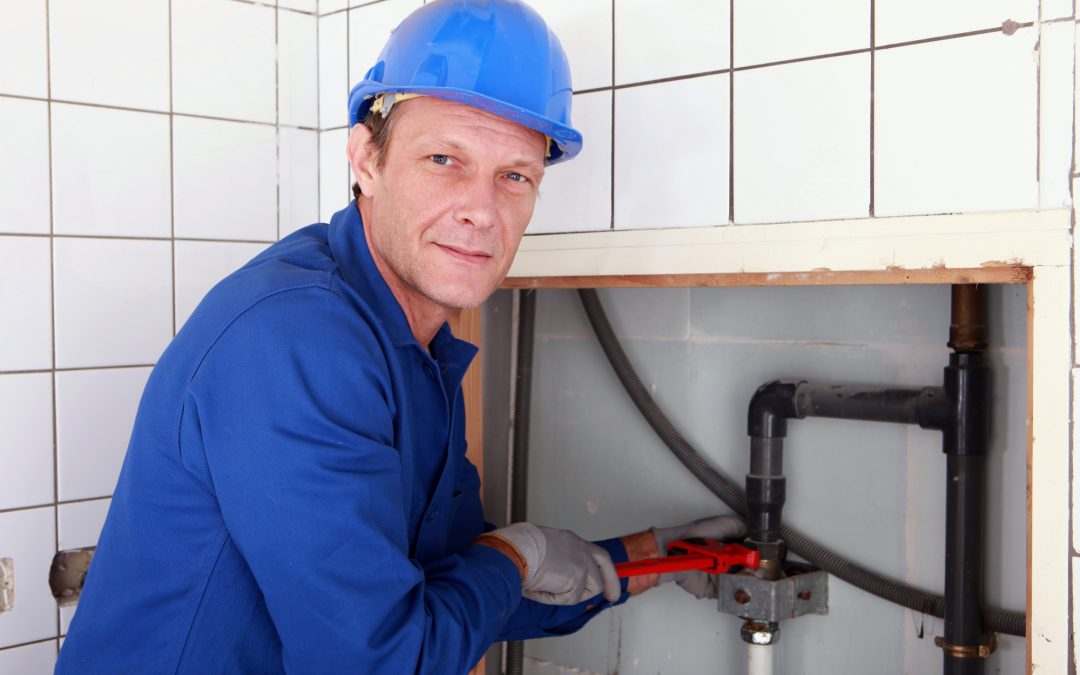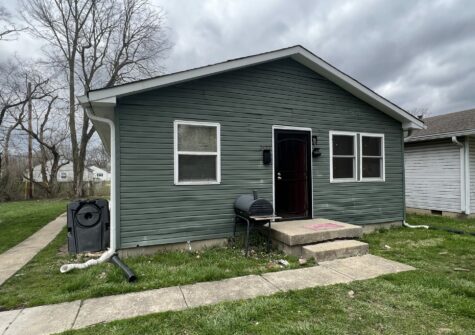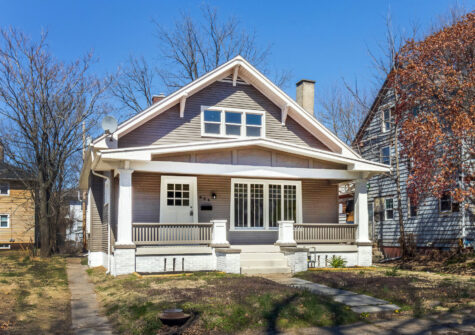House flipping is not for the faint of heart or shy of work, but it can pay off very lucratively. When you invest sweat equity, you can save funds for other investments, and boost your profit while also having a hands-on chance to ensure the house is up to code before you turn it over to a willing buyer. Those code violations you have a chance to spot and fix can not just make you a more honest seller; they can save you money and time by avoiding falling afoul of local ordinances. There are a number of common problems to be watchful for. Topping the list are HVAC systems; they need to be appropriate to the building and in the proper position. Stairs should be standardized and have handrails, and gutters should drain properly away from the structure. With electrical, particularly with older buildings, ensure they’ve been recently inspected. Decks require regular attention to ensure their beams and bolts are still stable. Chimneys need caps that drain appropriately, bathroom plumbing should be positioned and function properly, and the entire lot needs to have the correct drainage flow to avoid water pooling against the building and causing mildew or even rot. With careful attention to these common code violations, you’ll be ready to flip your latest project without delay.
Don’t get caught out of code with your investment real estate before you flip; know the code! #Ironclad
Key Points:
- 1Flipping houses takes hard work, as there are many steps involved before you’re able to sell.
- 2You’ll need extensive knowledge and be handy to take on a lot of the projects needed to fix a house on your own.
- 3You can easily be violating some building codes without realizing if you don’t do your homework.
See the original at: https://www.fortunebuilders.com/common-code-violations-rehabbers-avoid/




